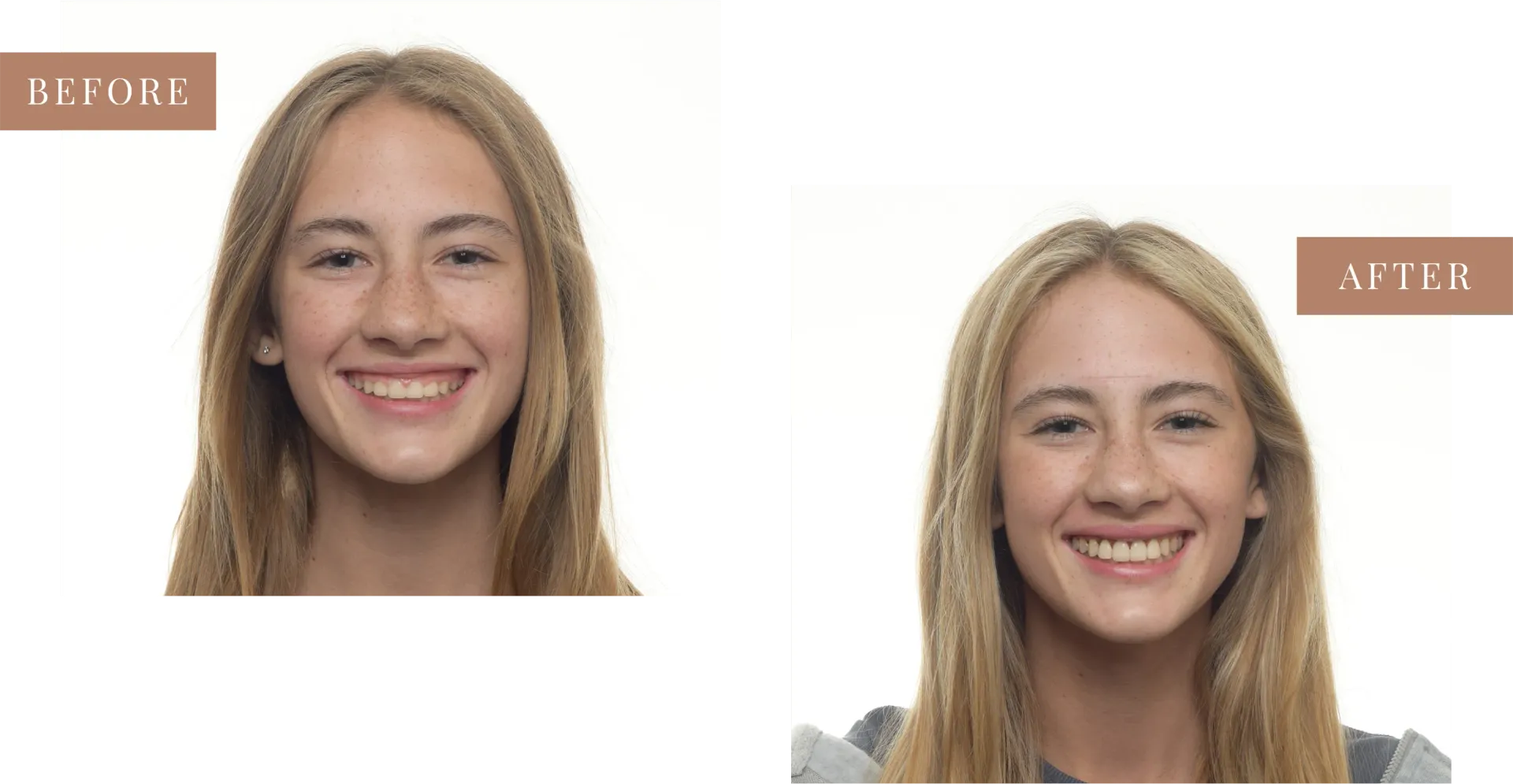The Role of Retainers in Maintaining Teeth Alignment
Orthodontic treatment doesn’t end when the braces come off or you finish your last set of clear aligners. In fact, one of the most crucial stages in your orthodontic journey is what comes next: retention. Retainers play a vital role in preserving the results you worked hard for—keeping your teeth aligned and your smile looking its best for years to come.
Why Do You Need a Retainer After Braces or Aligners?
After your teeth have been moved into their ideal positions, they’re still prone to shifting. That’s because the surrounding bone and soft tissues need time to adapt to their new alignment. Without retainers, your teeth may slowly drift back to their original positions—a process known as orthodontic relapse.
Wearing a retainer helps your teeth “remember” their new positions and gives your gums, bones, and muscles time to stabilize.
Types of Retainers: Which One Is Right for You?
There are several types of retainers, and your orthodontist will recommend one based on your specific case and preferences:
| Type of Retainer | Description | Pros | Cons |
|---|---|---|---|
| Hawley Retainer | Removable with acrylic base and metal wires | Adjustable, durable | More visible, may affect speech initially |
| Clear Retainer (Essix) | Removable, transparent plastic | Nearly invisible, comfortable | Less durable, prone to warping |
| Fixed Retainer (Bonded) | Permanently attached behind front teeth | No compliance needed, discreet | Harder to clean, may require repairs |
How Long Do You Need to Wear a Retainer?
While every patient is different, most orthodontists—including Dr. Nathan Hansen—recommend wearing your retainer:
- Full-time (22+ hours a day) for the first few months
- Nighttime only after the initial period, often indefinitely
Even if your teeth feel stable, natural age-related changes and lifestyle habits can gradually affect alignment over time. That’s why retainers are considered a lifetime commitment if you want lasting results.
What Happens If You Don’t Wear Your Retainer?
Skipping your retainer—especially during the critical first year—can lead to:
- Teeth shifting back into old positions
- Crowding or spacing reappearing
- Needing additional orthodontic treatment
At Hansen Orthodontics, we’ve seen patients return after several years of no retainer wear, frustrated by noticeable changes in their smile. The good news? Consistent wear—even just at night—can easily prevent that.
Tips to Care for Your Retainer
Proper retainer care ensures hygiene, comfort, and longevity:
- Clean daily using lukewarm water and a gentle toothbrush
- Avoid hot water or harsh chemicals that can warp the plastic
- Keep it safe in a designated case when not in use
- Check in with your orthodontist regularly to ensure a proper fit
If your retainer feels tight or you notice new crowding, contact your orthodontic team right away—early intervention can prevent major shifts.
Why Retention Is a Core Part of Treatment at Hansen Orthodontics
At Hansen Orthodontics in El Paso, we emphasize retention as part of your full treatment journey—not just an afterthought. Dr. Hansen tailors every retention plan to each patient’s lifestyle, habits, and long-term goals. Whether you’re using removable clear retainers or a bonded option, we ensure your smile stays as stunning as the day your braces came off.
Final Thoughts: A Smile Worth Keeping
Think of your retainer as insurance for your investment. You’ve spent months—sometimes years—perfecting your smile. Retainers are what keep that smile in place long after your active treatment ends.
If you’ve recently completed orthodontic treatment or are planning to, make sure you understand the role of your retainer and how to maintain it.
Schedule a Free Consultation in El Paso
Want to learn more about post-braces care or need a new retainer? Book your free consultation with Dr. Nathan Hansen today and let’s make sure your confident new smile stays picture-perfect.


